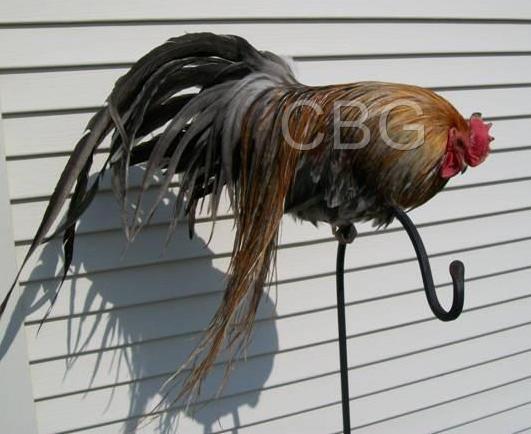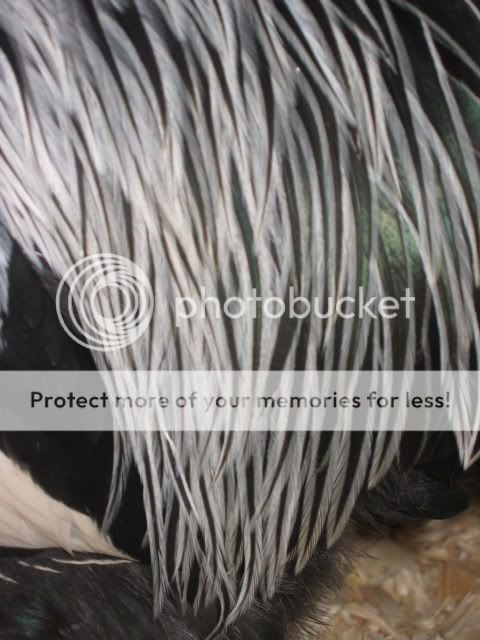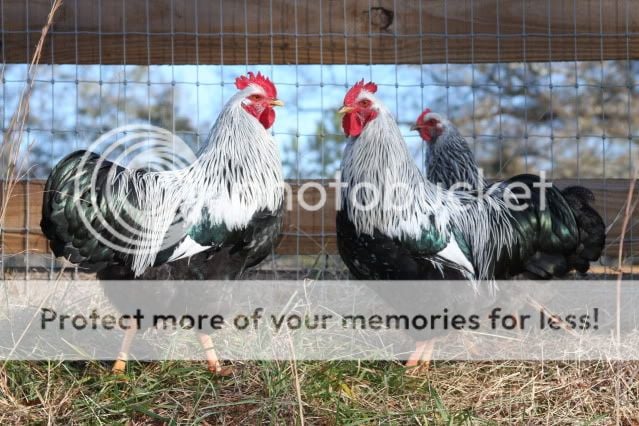good point there, airborne primate dookey.
I think folks are already doing that in fact. I know of at least two people that have breed fly ties in with their phoenix/onag type birds.
I think folks are already doing that in fact. I know of at least two people that have breed fly ties in with their phoenix/onag type birds.






